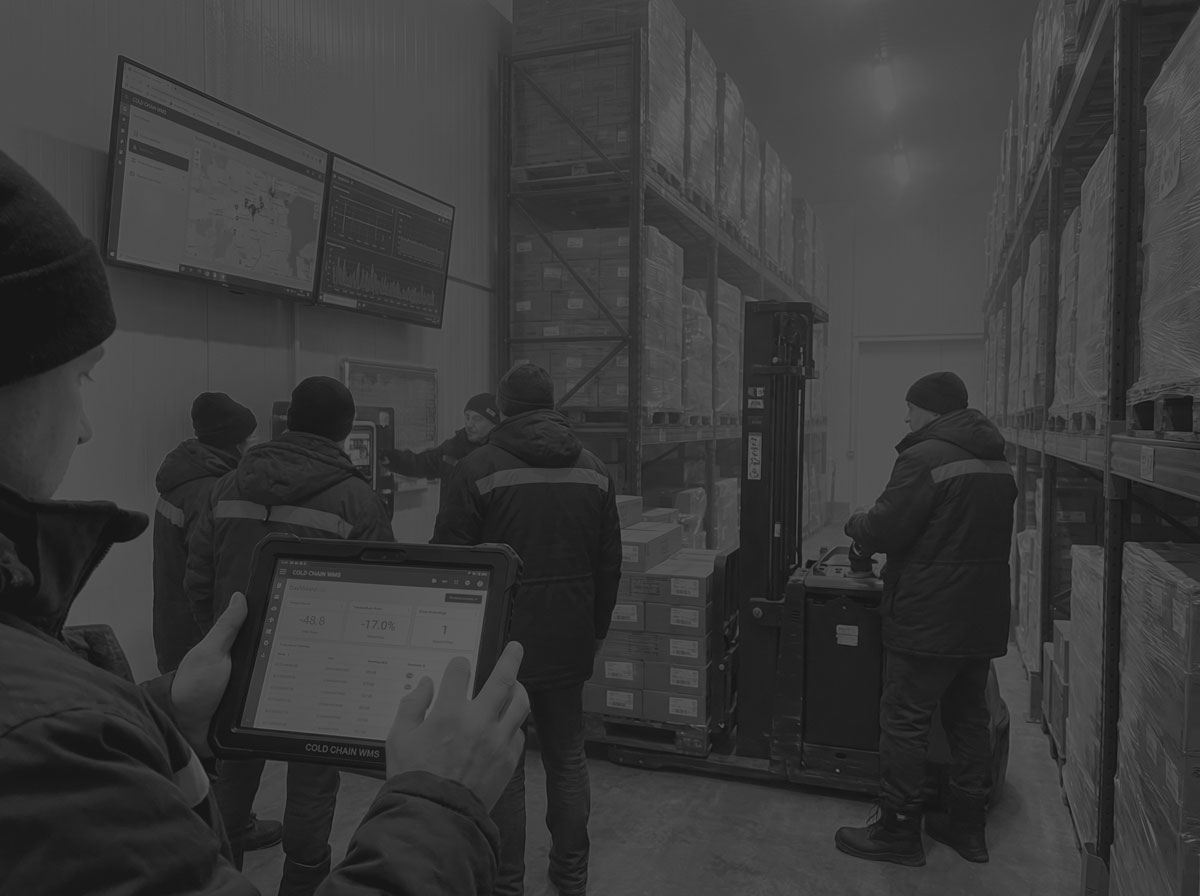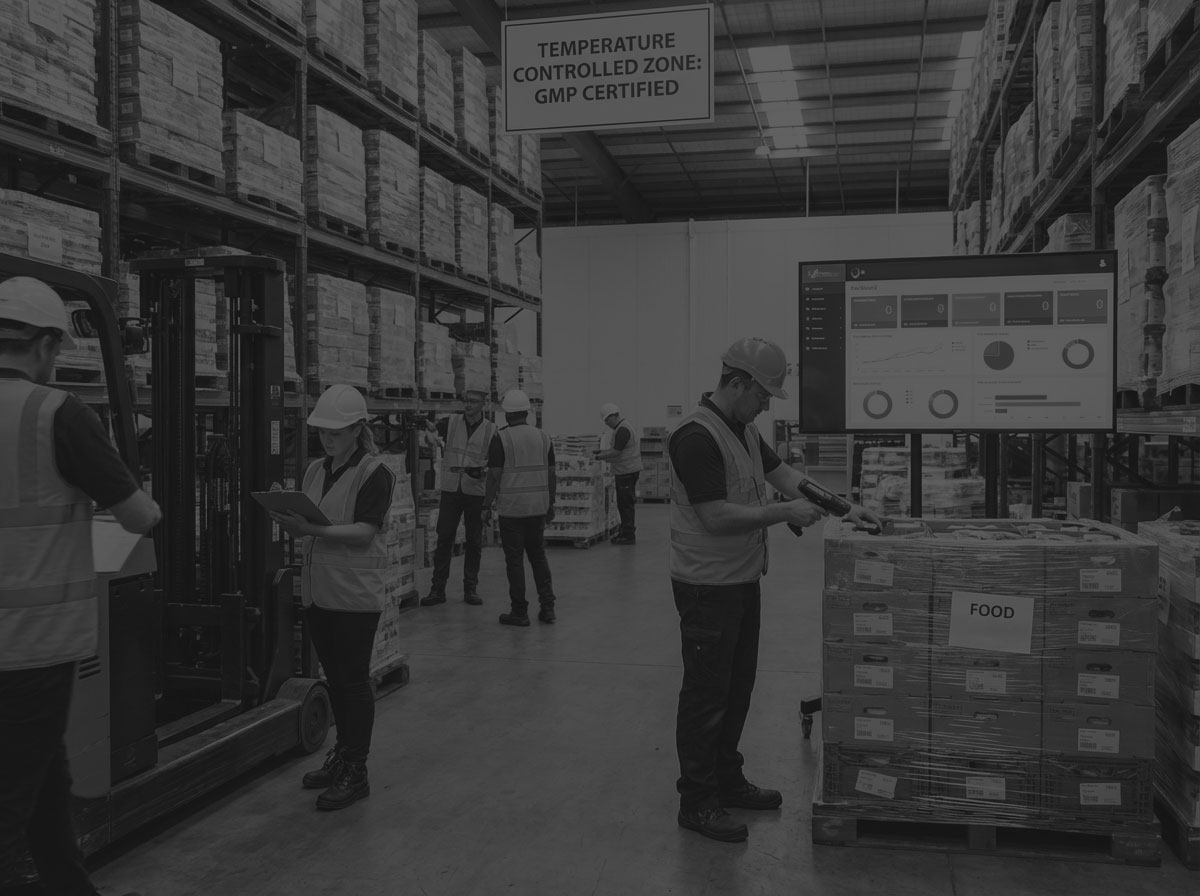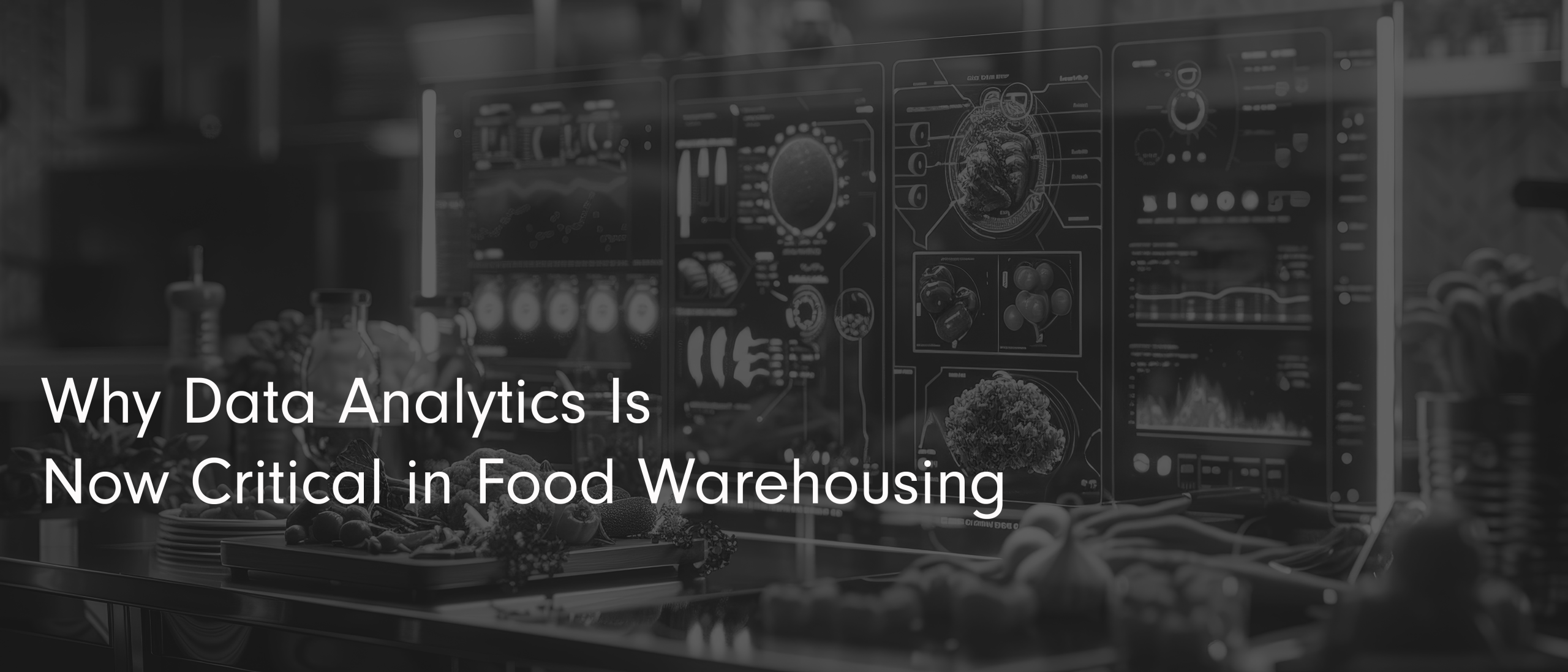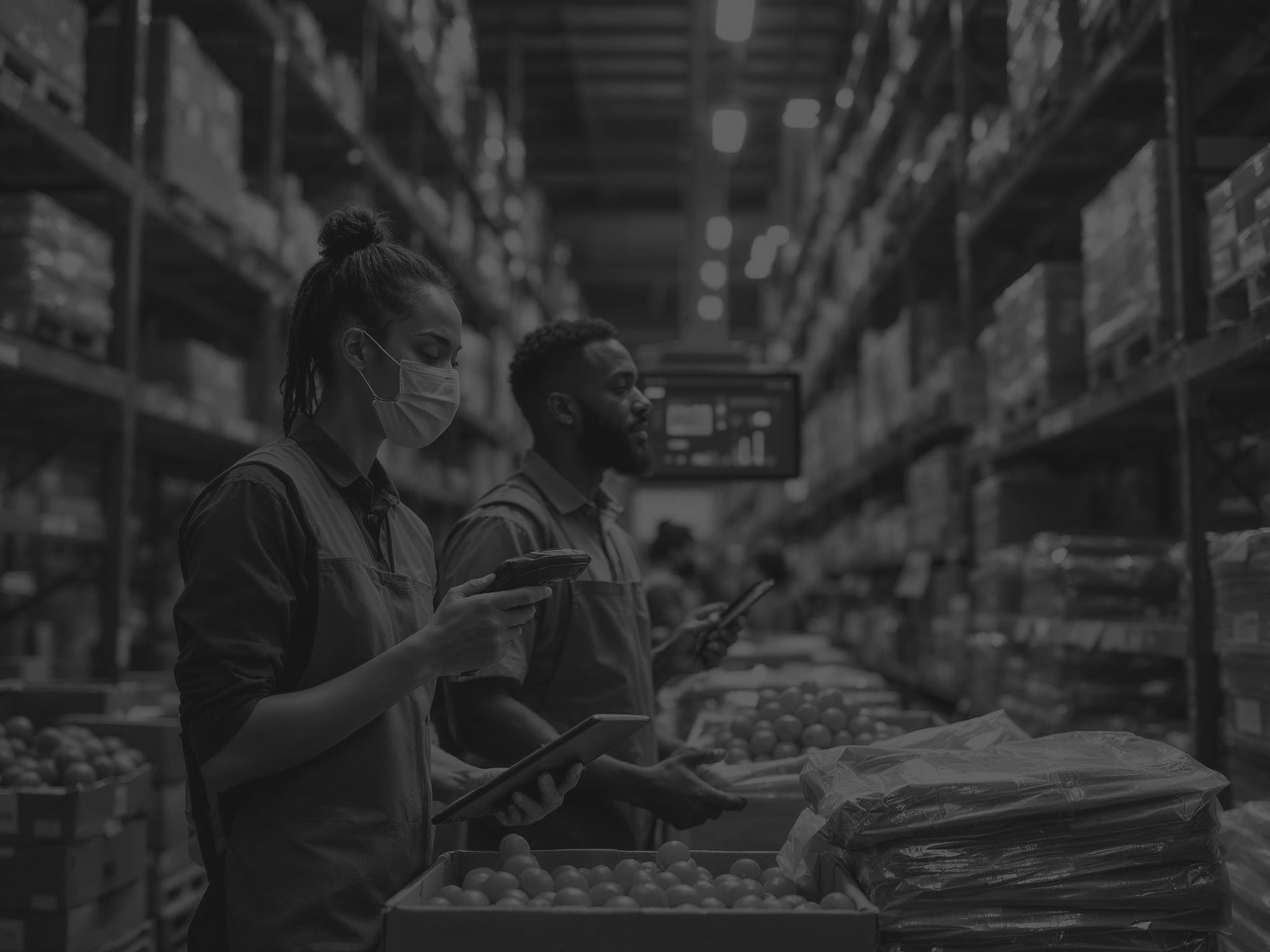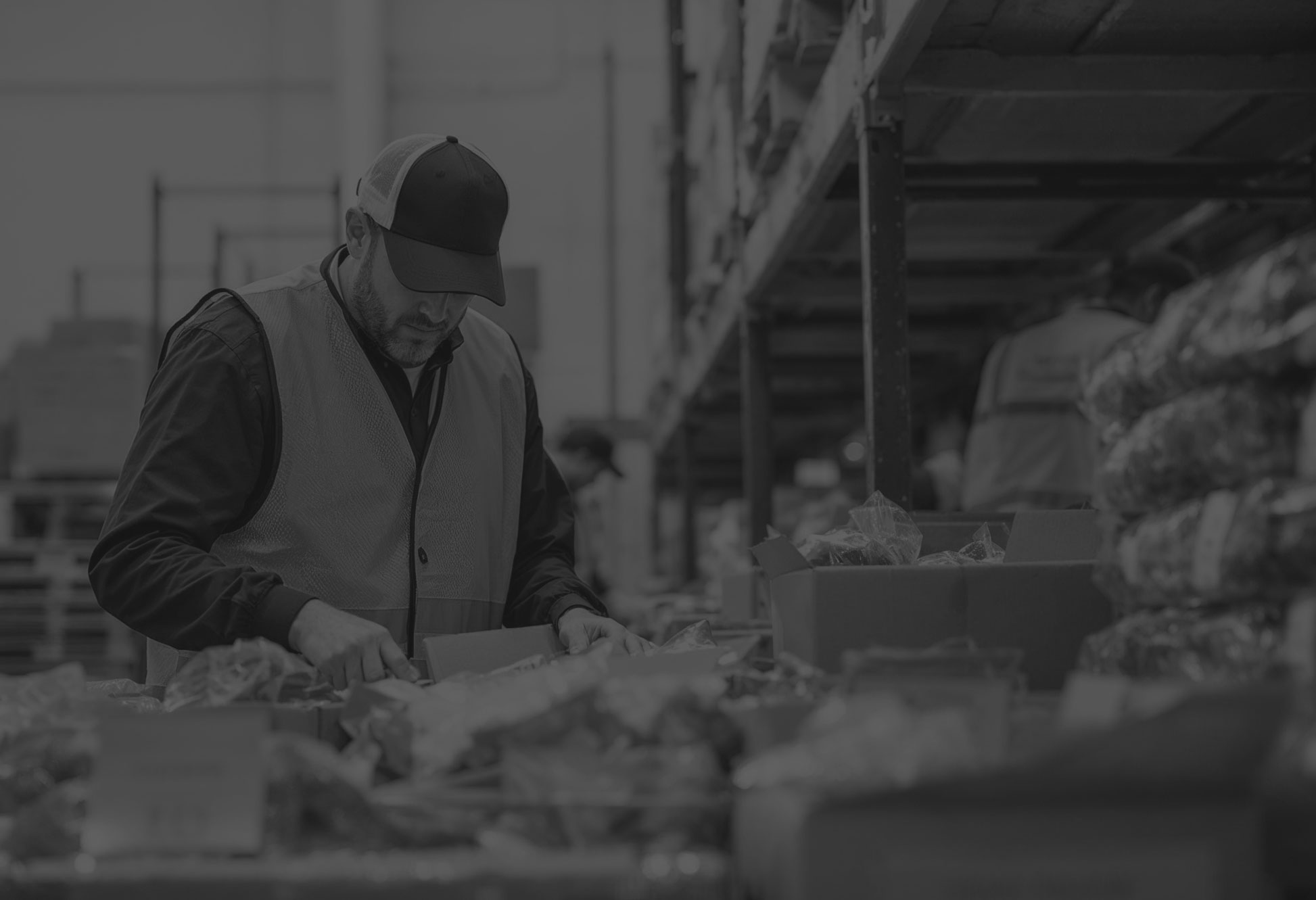Barcode vs. RFID Technology for Food Inventory Tracking: Making the Right Choice.
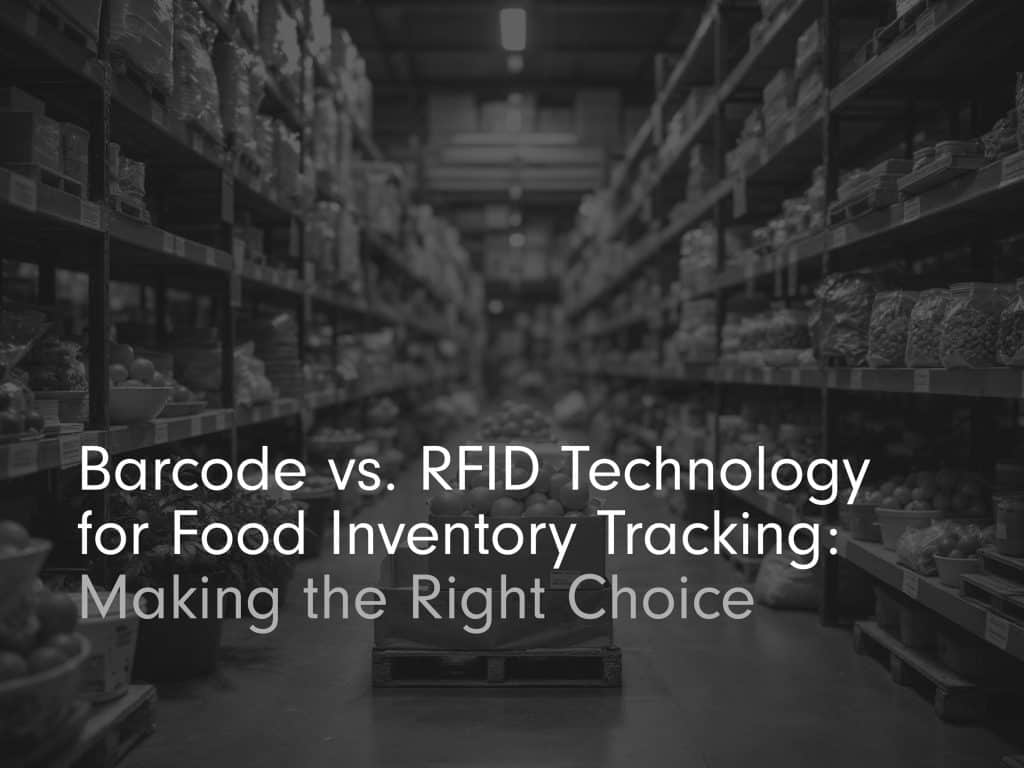
When tracking inventory in food warehouses, a single error can set off a chain reaction. Products get recalled, regulators issue penalties, and customer relationships suffer. Your tracking method isn’t just an operational detail – it’s a critical business strategy with direct impact on your profitability. While barcodes have faithfully served the industry for decades, RFID technology now offers compelling advantages that could revolutionise how you manage inventory.
We’ve guided countless food distribution clients through technology transitions at Balloon One. These implementations have dramatically improved inventory accuracy, with some clients achieving near-perfect accuracy even across challenging multi-temperature environments.
Take Moonpig, for instance. Before implementing Körber WMS with advanced scanning technology, they struggled with inventory visibility. “We couldn’t understand what stock was in process, meaning we were unable to accurately report stock levels to the website,” explains Richard Johnston, their Senior Engineering Manager. The right tracking technology transformed their operation, eliminating unnecessary write-offs and creating true inventory visibility.
- Barcode systems provide cost-effective, reliable tracking
- RFID enables simultaneous scanning of multiple items without line-of-sight requirements
- Temperature-controlled environments create unique challenges for both technologies
- Integration with your WMS determines the true value of any tracking technology
- Hybrid approaches often deliver the best balance of cost and capability
Want more like this?
Download our free guide now.
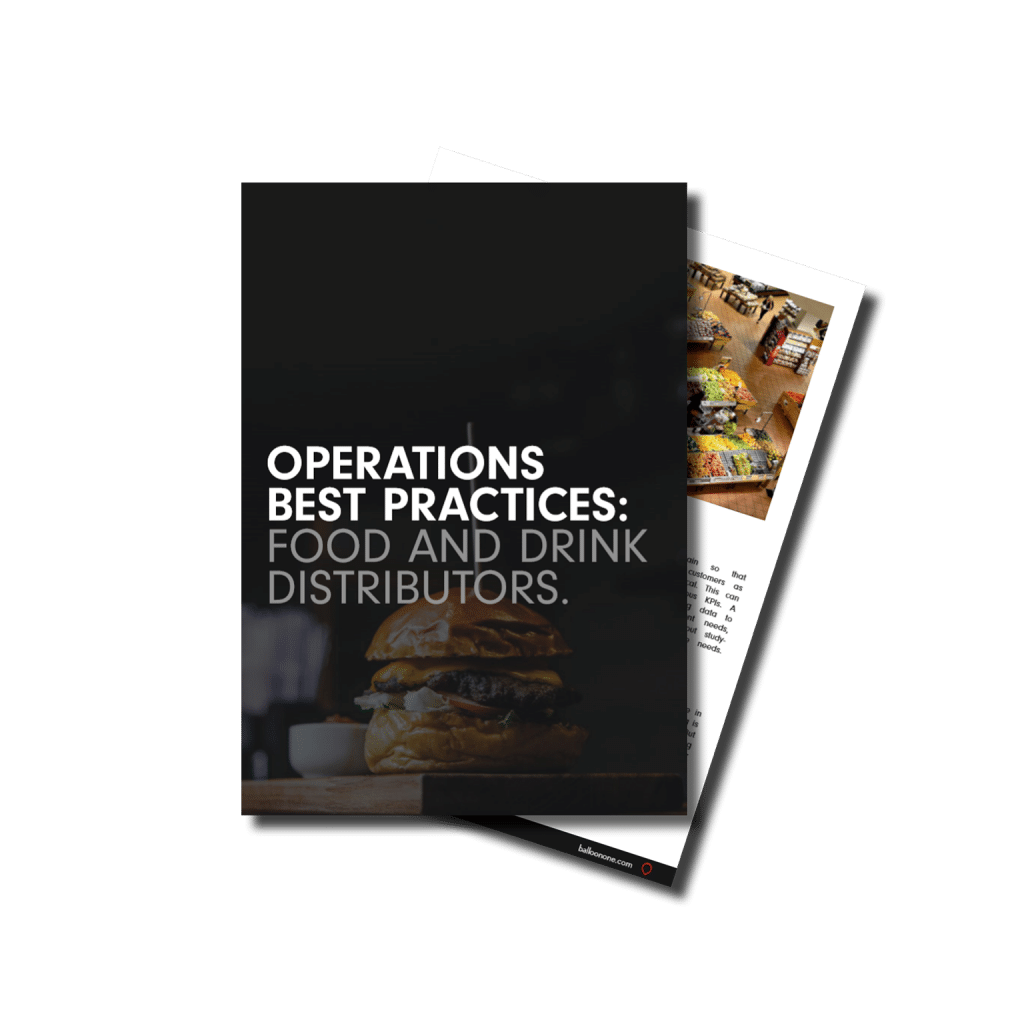
The Foundation of Food Inventory Tracking.
Inventory tracking in food warehousing isn’t just about counting stock – it’s about maintaining complete visibility throughout the product lifecycle. Without precise tracking, food businesses face three critical threats:
The High Cost of Inventory Inaccuracy
When inventory records don’t match physical reality, the ripple effects are immediate and expensive. Stock discrepancies lead to emergency orders, expedited shipping costs, and potentially disappointed customers. For food businesses, these inaccuracies carry additional costs:
- Unnecessary waste from overlooked expiring products
- Compliance violations from inadequate traceability
- Increased labour costs from manual verification
- Lost sales from website inventory mismatches
This was exactly the situation Moonpig faced before their implementation. As Iain Swinton, their Director of Operations and Supply Chain explains, “We were writing off stock that was out of date or missing due to poor visibility in our warehouse system. The lack of visibility created problems with picking and reconciliation, making it impossible to accurately report stock levels to our website.”
Regulatory Requirements Driving Technology Adoption
Food safety regulations demand increasingly sophisticated tracking capabilities. The UK Food Standards Agency requires:
- Complete traceability from supplier to customer
- Batch/lot tracking throughout storage and distribution
- Allergen control documentation
- Ability to execute rapid, targeted recalls
These requirements make manual tracking practically impossible for any sizeable operation. Your tracking technology must create a digital thread that connects each product to its complete history – something only automated systems can reliably deliver.
The Evolution from Paper to Digital
Not long ago, food warehouses relied on paper-based systems that were error-prone and labour-intensive. The journey to modern tracking typically follows this progression:
- Paper-based tracking with manual logs
- Basic inventory management software
- Barcode scanning integration
- Advanced WMS with mobile capabilities
- RFID implementation for specific applications
- Fully integrated tracking across the supply chain
Classic Fine Foods exemplifies this evolution. Their growth necessitated not just a move to larger facilities but a complete upgrade of outdated IT systems. As Project Manager Christophe Jean-Louis explained, “Our IT system was old and outdated. As we were planning to move anyway, we decided to use the move as an opportunity to upgrade our systems and servers too.”
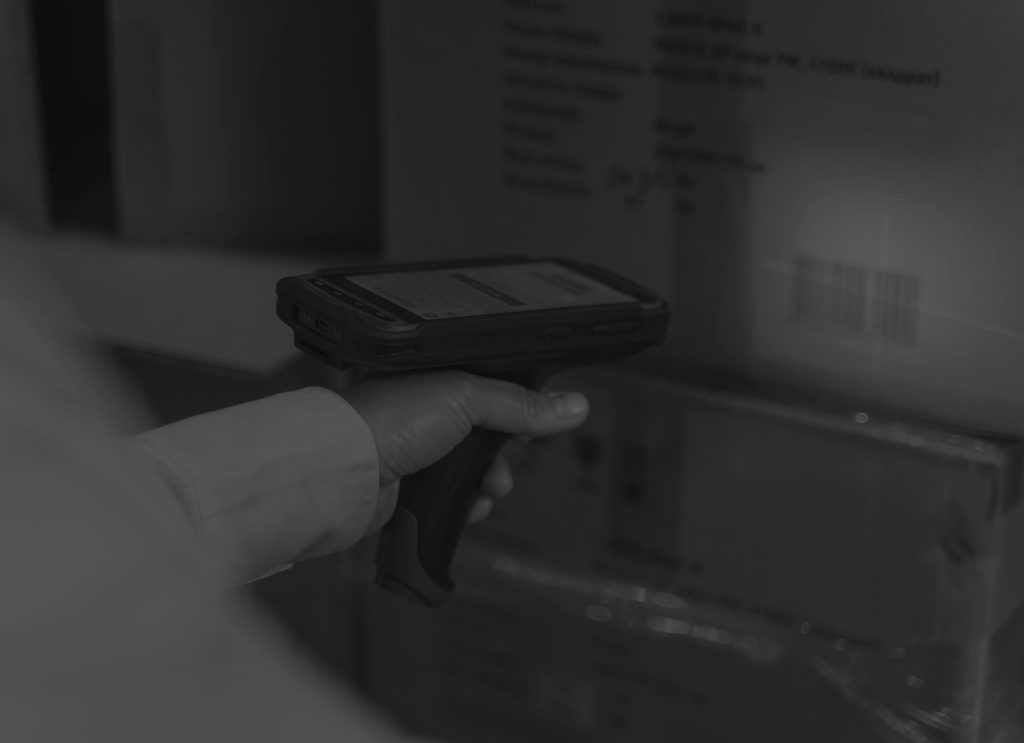
Barcode Technology in Food Warehousing.
Barcode scanning remains the foundation of most food inventory tracking systems – and for good reason. This proven technology offers reliability and flexibility at a reasonable cost.
How Barcode Scanning Works in Food Environments
At its core, barcode technology uses optical scanning to read printed codes containing product information. In food warehousing, these systems typically include:
- Industrial-grade handheld scanners
- Fixed-mount scanners at key points
- Mobile computers with integrated scanners
- Label printers for real-time tracking
The process is straightforward: warehouse staff scan barcodes during receiving, putaway, picking, and shipping. Each scan updates your WMS with the product’s current status and location.
Jellycat’s implementation demonstrates this perfectly. Their WMS uses Motorola handheld computers with integrated barcode scanners that interact with the system using radio frequency communications. These devices enable fast and accurate receipt and placement of incoming goods as well as provide rapid error-free order picking, which speeds up order fulfilment.
Types of Barcodes Used in Food Traceability
Not all barcodes are created equal. Food operations typically use these formats:
- UPC/EAN: Standard retail barcodes identifying products
- Code 128: Variable-length format ideal for internal tracking
- GS1-128: Advanced format that encodes batch numbers, expiry dates, and weights
- 2D Codes (QR/DataMatrix): Store more data in smaller spaces
GS1-128 has become the gold standard for food traceability, allowing single scans to capture:
- Product identification
- Batch/lot numbers
- Production dates
- Best-before dates
- Serial numbers
- Weight/quantity information
This rich data capture enables the detailed traceability that food safety demands. When Jellycat implemented their WMS with barcode scanning, Danny Olive, Finance Director, noted: “The integration of Accellos with our SAP system gives us much better control of our sales and order fulfilment processes. With bar code scanning recording all stock movements, we know exactly what we hold in the warehouse at all times.”
Implementation Requirements and Considerations
Setting up a barcode system requires several key components:
- Hardware: Scanners, printers, mobile computers
- Software: WMS integration, database management
- Infrastructure: Wireless networking, charging stations
- Process Design: Scanning protocols, exception handling
- Staff Training: Proper scanning techniques, troubleshooting
The primary limitation? Every scan requires a direct line of sight and individual handling of each item. For high-volume operations, this creates potential bottlenecks that impact throughput.
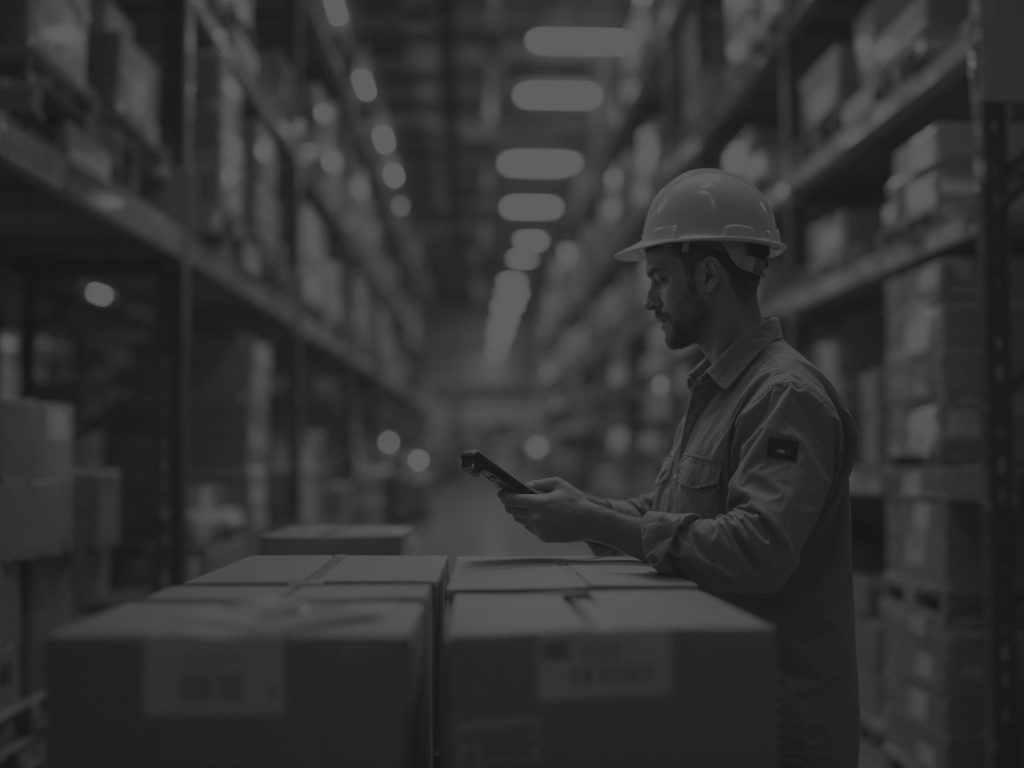
RFID Technology for Advanced Tracking.
While barcodes require line-of-sight scanning of individual items, RFID (Radio-Frequency Identification) technology offers a dramatically different approach. RFID uses radio waves to capture information from tagged items – even when they’re not visible.
How RFID Works in Food Environments
RFID systems consist of three primary components:
- Tags: Small electronic devices attached to products or packaging
- Readers: Devices that emit radio waves and receive signals from tags
- Middleware: Software that processes and filters the collected data
Unlike barcodes, RFID tags don’t need to be visible to be read. The reader emits radio waves that power passive tags, which then transmit their stored information back to the reader. This means multiple items can be scanned simultaneously without direct handling – a single reader can capture data from an entire pallet of mixed products in seconds.
For food operations, this capability transforms receiving and inventory counts. Imagine unloading a delivery and instantly knowing every item received without opening a single box. Or completing a full inventory count in hours instead of days.
Active vs. Passive RFID Applications
Food warehouses typically use two types of RFID technology:
| Feature | Passive RFID | Active RFID |
|---|---|---|
| Power source | No internal power (powered by reader) | Internal battery |
| Read range | Short (up to 6m) | Long (30m+) |
| Tag size | Small, lightweight | Larger |
| Tag cost | Low (£0.10-£1) | Higher (£8-£25) |
| Tag life | Very long (10+ years) | Limited by battery (3-5 years) |
| Best for | Product tracking, inventory | Equipment tracking, temperature monitoring |
Table 1. The different features of Passive RFID and Active RFID technology.
Passive RFID excels at product tracking due to its lower cost, while active RFID offers extended capabilities for monitoring temperature-sensitive shipments throughout the supply chain.
RFID in Cold Environments
Temperature-controlled environments pose special challenges for tracking technology. RFID offers distinct advantages in these settings:
- Special cold-environment tags function reliably at temperatures as low as -40°C
- Tags can be read through frost, ice, and condensation
- No need to remove gloves for scanning operations
- Temperature sensors can be integrated with active RFID tags
For frozen food operations, these benefits can dramatically improve efficiency while reducing employee discomfort during inventory tasks. Workers spend less time in cold environments, and temperature breaches become immediately visible.
Comparative Analysis: Barcode vs. RFID
When considering which technology best suits your food warehouse, several factors deserve careful evaluation:
| Factor | Barcode | RFID |
|---|---|---|
| Initial cost | Lower | Higher |
| Ongoing costs | Labels (inexpensive) | Tags (more expensive) |
| Accuracy | High (99.5%+) with proper procedures | Very high (99.9%+) with minimal human error |
| Scanning method | Individual, line-of-sight required | Bulk, no line-of-sight needed |
| Scan distance | Close proximity (cms) | Passive: up to 6m, Active: 30m+ |
| Environmental resilience | Can be affected by dirt, damage, moisture | More resilient, works through packaging |
| Data capacity | Limited (1D codes) | Higher (can store more information) |
| Data security | Static, easily duplicated | Can include encryption and authentication |
| Human intervention | Required for each scan | Minimal (automated scanning possible) |
| Best applications | Item-level tracking, picking | Receiving, inventory counts, bulk movements |
Table 2. Comparison between Barcode and RFID technologies.
This comparison reveals that neither technology offers a universal solution. The right choice depends on your specific operational challenges, budget constraints, and business requirements.

Integration with Warehouse Management Systems.
The true value of any tracking technology emerges through integration with your WMS. We recently wrote a guide about warehouse management systems in food & beverage that covers this in more detail. Körber WMS handles both barcode and RFID data seamlessly, transforming raw scans into actionable intelligence.
Data Capture and Management Differences
Barcode and RFID systems capture data differently, requiring distinct integration approaches:
- Barcode Integration: Structured, predictable data flows with user-initiated scans
- RFID Integration: Higher volume, potentially continuous data requiring filtering and business rules
Körber WMS manages these differences through flexible configuration. For Classic Fine Foods, this integration was seamless despite the complexity of moving thousands of product lines during implementation.
Christophe Jean-Louis noted, “The whole project ran smoothly and everything was completed on time. The products were very easily moved over on the system, which saved us so much time as we had only three days to move and settle into our new warehouse. And we did not get any down time which was very important to us.”
Reporting Capabilities with Each Technology
Both technologies enable robust reporting, but RFID offers enhanced capabilities:
- Barcode Reporting: Transaction-based visibility with time stamps and user identification
- RFID Reporting: Movement-based visibility with automated tracking points and minimal human intervention
These reporting differences translate into operational insights. Barcode data excels at tracking discrete transactions, while RFID provides more continuous visibility into inventory movements and locations.
Compliance Documentation Advantages
Food safety compliance demands complete traceability documentation. Both technologies support this requirement but with different approaches:
- Barcode Documentation: User-initiated records of specific handling events
- RFID Documentation: Automated recording of product movements throughout the facility
For recall situations, both systems enable rapid identification of affected products. However, RFID can potentially provide more granular movement history with less reliance on proper scanning procedures.
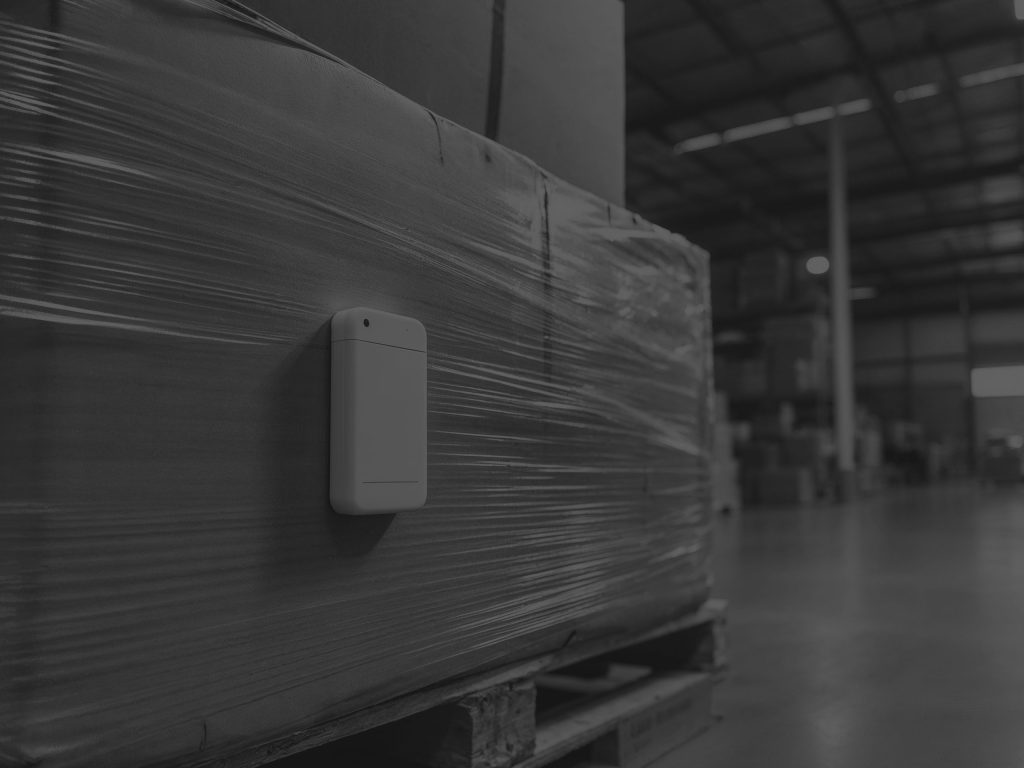
Food-Specific Considerations.
Food warehousing presents unique challenges that influence technology selection. These factors deserve special attention when comparing barcode and RFID options.
Temperature and Humidity Impact
Environmental conditions directly affect tracking technology performance:
- Barcode Challenges: Condensation on scanners, label degradation in freezers, difficulty scanning through frost
- RFID Advantages: Reads through packaging and frost, specialised cold-environment tags, no optical component to fog
For multi-temperature operations like Classic Fine Foods, these considerations become particularly important. Their ability to maintain optimal conditions across frozen, chilled, and ambient zones relies on consistent tracking regardless of temperature.
Cross-Contamination Prevention
Food safety protocols require strict separation between certain product types. Tracking technology can enforce these separations:
- Barcode Approach: Location validation during putaway and picking, warning alerts for improper movements
- RFID Capability: Zone-based alerts for improper product placement, automatic detection of cross-contamination risks
Both technologies support allergen control tracking, but RFID offers more automated enforcement through continuous location monitoring.
Batch/Lot Control Capabilities
Batch tracking forms the cornerstone of food traceability. Your tracking technology must support:
- Complete batch history from receipt to dispatch
- Expiration date tracking for FEFO implementation
- Production date recording for age-based quality control
- Supplier lot identification for upstream traceability
Both barcode and RFID systems handle these requirements effectively when properly implemented with Körber WMS. The difference lies not in capability but in the scanning process – RFID reduces the risk of missed scans that break the traceability chain.
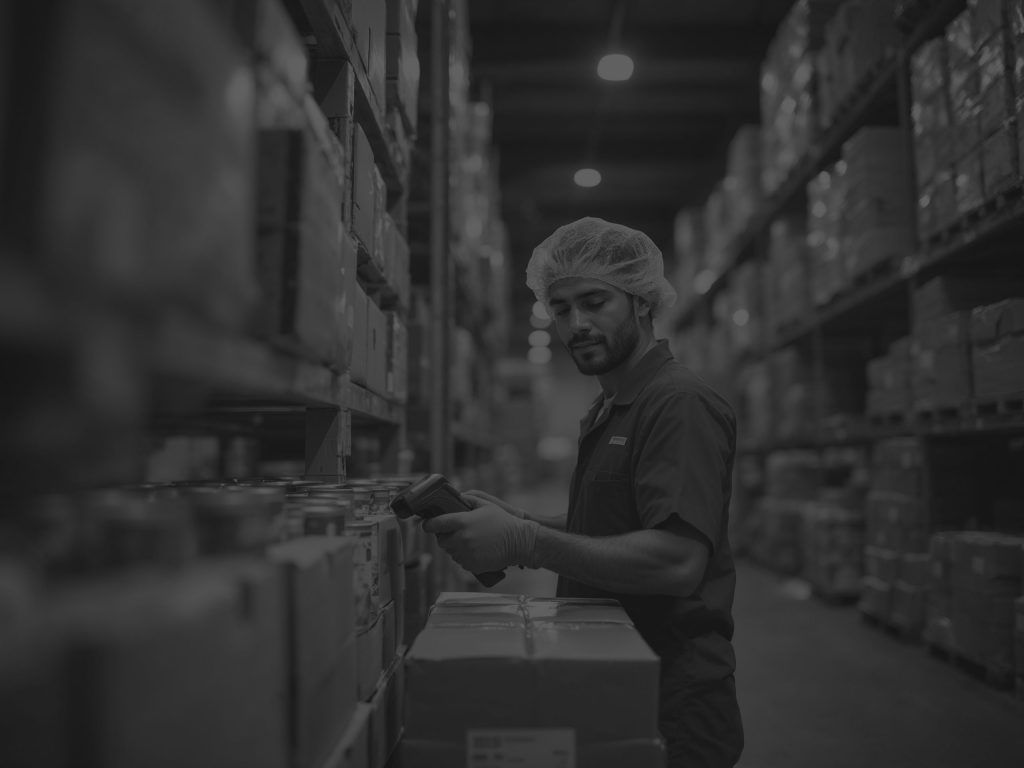
Implementation Strategy.
Successfully transitioning to new tracking technology requires careful planning and execution. Our experience implementing systems for clients like Moonpig and Classic Fine Foods reveals several best practices.
Assessment Criteria for Technology Selection
Before choosing between barcode and RFID, evaluate:
- Volume and velocity: How many items processed daily? How quickly must they move?
- Value density: Higher-value inventory justifies greater tracking investment
- Handling requirements: Individual vs. bulk processing needs
- Temperature zones: Special requirements for cold environments
- Labor availability: Current constraints and future projections
- Budget realities: Initial investment capabilities vs. long-term ROI
This assessment often reveals that different areas of your operation may benefit from different technologies.
Hybrid Approach Possibilities
Many food warehouses benefit from combining barcode and RFID technologies:
- RFID for receiving and inventory counts (bulk operations)
- Barcodes for picking and shipping (individual item handling)
- RFID for high-value items requiring enhanced security
- Barcodes for standard inventory with predictable movements
This hybrid approach maximises benefits while minimising costs. Classic Fine Foods demonstrated this principle by implementing targeted technology solutions for specific operational challenges.
Phased Implementation Recommendations
Regardless of technology choice, phased implementation reduces risk:
- Pilot Phase: Limited deployment in controlled area
- Evaluation Period: Measurement against established KPIs
- Refinement Stage: Process adjustments based on pilot learnings
- Controlled Expansion: Gradual rollout to additional areas
- Full Deployment: Complete implementation with continued monitoring
This approach minimises disruption while allowing for course corrections. When Balloon One implemented SAP Business One and K.Motion WMS for Classic Fine Foods, the entire project took just five days because of careful planning and phased execution.
ROI Calculation Factors
When calculating return on investment, consider these factors:
- Labor savings from automated processes
- Inventory accuracy improvements
- Reduction in write-offs from improved visibility
- Enhanced compliance capabilities
- Improved customer service levels
- Reduced audit preparation time
Most implementations achieve payback within 12-24 months through these combined benefits.
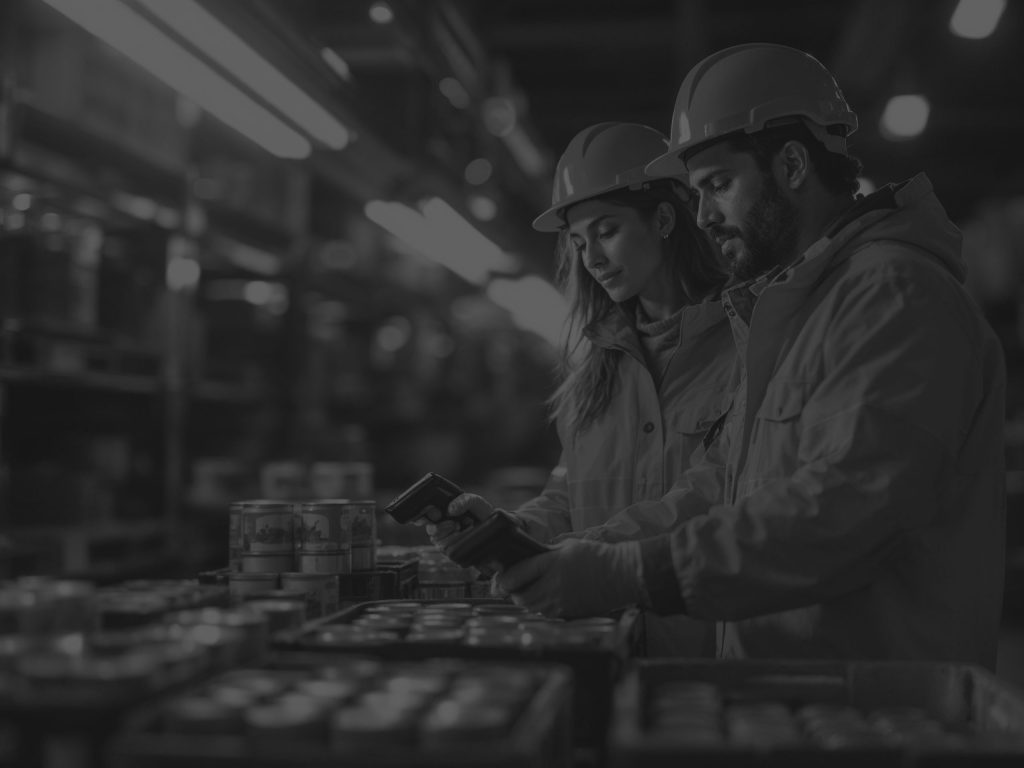
Case Study: Moonpig's Technology Transformation.
Moonpig provides an excellent example of inventory tracking transformation. Despite implementing new WMS software just 18 months earlier, their system wasn’t meeting their unique needs.
The Challenge
Moonpig faced several critical issues with their existing warehouse system:
- Insufficient configurability and customisation
- Poor integration with other software
- Limited visibility of stock location
- Problems with picking and reconciliation
- Inability to accurately report stock levels to the website
- Financial losses from writing off missing or expired stock
These challenges became particularly acute during peak periods when order volumes increased more than seven-fold.
Technology Selection Process
To address these issues, Moonpig engaged in a thorough evaluation process:
- Working with the Supply Chain Consulting Group to guide vendor selection
- Starting with 30 original vendors, narrowed to a shortlist of six, then three
- Conducting on-site workshop sessions and classroom demonstrations
- Involving more than 20 Moonpig staff in the selection process
This methodical approach led them to select Körber WMS as their solution.
Implementation Approach
Balloon One implemented a comprehensive solution:
- Körber WMS for warehouse management
- Springboard Server – Balloon’s proprietary middleware
- Seamless integration with SAP By Design (Moonpig’s ERP)
- Carrier integration to Royal Mail
The implementation followed a carefully planned timeline to ensure readiness before Moonpig’s Christmas peak period.
Measurable Results
While specific results remain confidential, Moonpig’s team expressed confidence in the solution:
Richard Johnston noted: “Körber and Balloon stood out due to their level of knowledge. They could answer any question we had and could pull up a screen and show us how it could be done. Some of the other systems would need more customisation, but it was clear Körber WMS was not going to hold us back.”
Iain Swinton added: “We’re really excited about the system and the flexibility it will give us. We are a tech company with lots of technically minded employees who like to improve and change things to make them work better for us, so we’re excited about the opportunity this new system will provide and where it will take us in future.”
Emma Whitehead, Delivery Lead, praised the implementation process: “Everyone at Balloon is really communicative. They’re easy to get hold of and will jump on a call when needed.”
The overall sentiment was captured by Iain: “It feels like a safe pair of hands.”
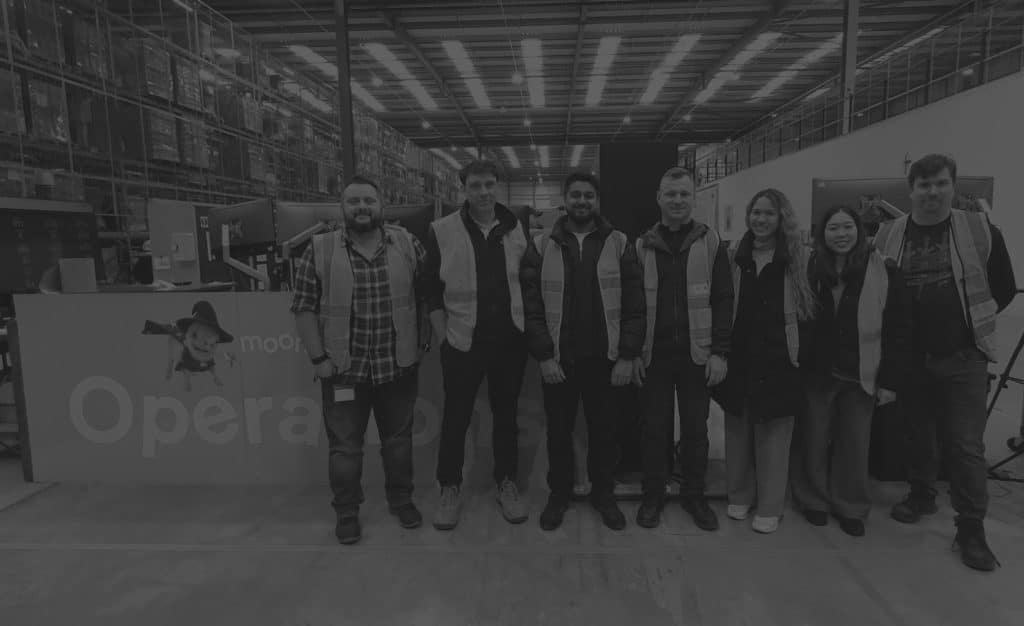
Future Trends in Food Inventory Tracking.
The landscape of inventory tracking continues to evolve. Understanding emerging trends helps you make future-proof technology decisions.
Sensor Integration with RFID
Smart tags with integrated sensors represent the next evolution in food tracking:
- Temperature sensors monitor cold chain integrity
- Humidity sensors detect moisture exposure
- Shock sensors identify rough handling
- Gas sensors detect spoilage indicators
These intelligent tags communicate not just identity but condition, enabling true quality control throughout the supply chain.
Blockchain for Enhanced Traceability
Blockchain technology promises to transform food traceability:
- Immutable record of product journey
- Distributed verification preventing fraud
- End-to-end visibility from farm to consumer
- Integration with existing tracking technologies
While still emerging, blockchain offers the potential to create unbroken chains of custody that enhance both safety and consumer confidence.
IoT Applications in Food Warehousing
The Internet of Things connects tracking technologies with broader systems:
- Automated environmental controls triggered by inventory status
- Predictive maintenance of refrigeration systems
- Dynamic routing based on real-time inventory location
- Connected vehicles throughout the supply chain
These connections create intelligent warehouses that respond automatically to changing conditions, further reducing human error.
What’s Next for Barcode Technology
Barcode technology continues to evolve despite competition from newer approaches:
- High-capacity color barcodes storing more data
- Direct product marking without labels
- Enhanced image recognition reducing scanning requirements
- Hybrid approaches combining barcode simplicity with advanced features
These innovations ensure that barcodes will remain relevant even as RFID adoption increases.
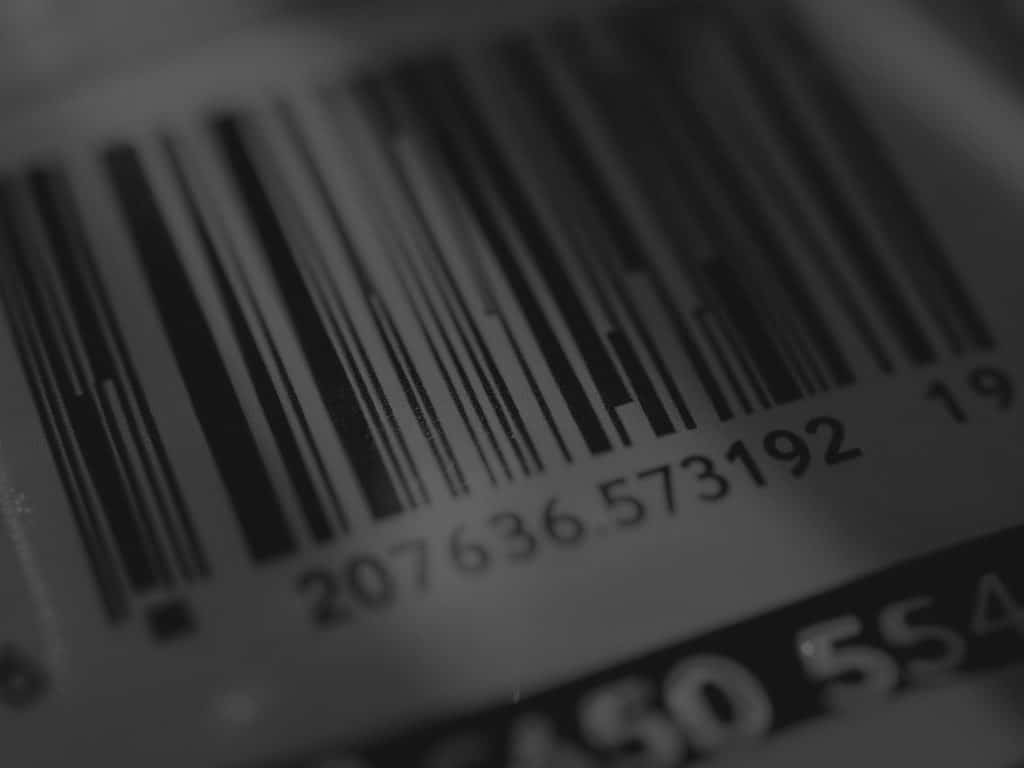
Conclusion.
The choice between barcode and RFID technology isn’t about finding a universal solution – it’s about matching technology to your specific operational challenges. Many food warehouses benefit from a hybrid approach that leverages the strengths of each technology.
Key decision factors include:
- Volume and velocity of inventory movements
- Environmental conditions (especially temperature zones)
- Labor availability and cost
- Initial budget constraints vs. long-term ROI
- Existing technology infrastructure
- Compliance requirements
For most operations, barcodes remain the foundation of inventory tracking, with RFID deployed strategically where its benefits justify the investment. Integration with a robust WMS like Körber ensures that either technology delivers maximum value.
The experiences of Moonpig, Classic Fine Foods, and Jellycat demonstrate that technology selection must align with your unique requirements. Their successful implementations highlight the importance of expert guidance throughout the process.
Ready to transform your food inventory tracking? Contact our team at Balloon One to discuss your specific requirements and discover how the right technology combination can enhance your operation.
Call us on 020 8819 9071 or request a consultation through our website.
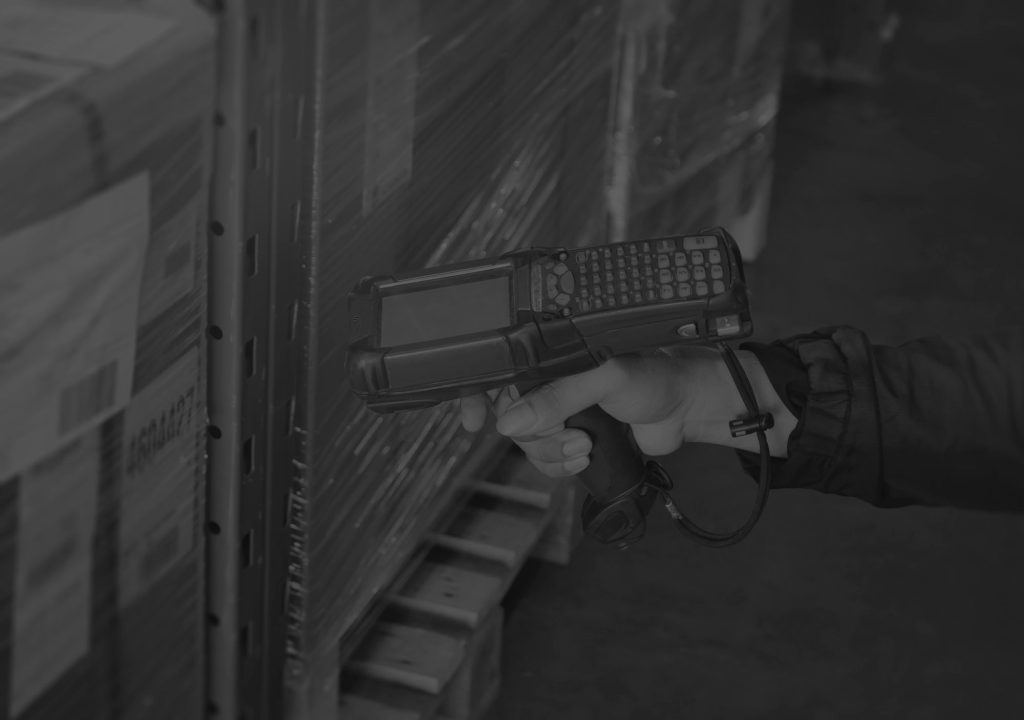
Download our free guide now.

Frequently Asked Questions (FAQ's)
While both technologies can achieve high accuracy, RFID typically delivers superior results (99.9%+) by reducing human error. Barcode systems rely on consistent scanning procedures, whereas RFID can automatically detect items without manual intervention. However, properly implemented barcode systems with disciplined processes can achieve excellent accuracy (99.5%+) at lower cost.
Cold environments challenge both technologies but in different ways. Barcode scanners may fog up, and labels can deteriorate in freezers. RFID offers advantages with specialised cold-environment tags that function reliably at temperatures as low as -40°C and can be read through frost or ice. For multi-temperature warehouses, RFID often provides more consistent performance across all zones.
Barcode systems typically require £20,000-£50,000 initial investment for a mid-sized warehouse, while RFID systems start at £50,000-£150,000. The ongoing cost difference is significant: barcode labels cost pennies, while RFID tags range from £0.10-£1 for passive tags to £8-£25 for active tags with sensors. However, labor savings from RFID often justify the higher investment for high-volume operations.
Körber WMS supports both barcode and RFID technologies through flexible configuration. The system handles the different data capture methods seamlessly, allowing hybrid implementations that leverage both technologies where appropriate. This flexibility enables phased technology transitions without replacing your core WMS.
Implementation timelines vary based on operational complexity. Simple barcode implementations can be completed in 4-6 weeks, while comprehensive RFID deployments typically require 8-12 weeks. Classic Fine Foods completed their entire system implementation in just five days, but this timeline reflected exceptional circumstances and thorough preparation. Most implementations follow a phased approach to minimise disruption.
Both technologies enable rapid identification of affected products during recalls, but with different approaches. Barcode systems create transaction-based traceability with user-initiated scans at key points. RFID provides more continuous visibility with less reliance on manual procedures. When integrated with Körber WMS, either technology supports the detailed batch tracking required for targeted recalls.
Our UK-based support team provides comprehensive assistance for both barcode and RFID systems. This includes 24/7 technical support, preventive maintenance, hardware repair/replacement, and system optimisation. As Danny Olive from Jellycat noted, “As time has gone by, Balloon One has been proactive in helping us enhance the way we use the system to increase efficiency and productivity, as well as passing on technical knowledge to us, which has helped us get the most from the system.”
